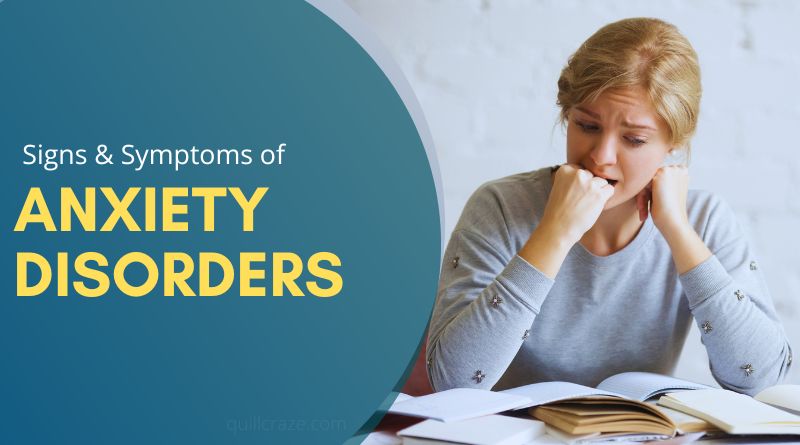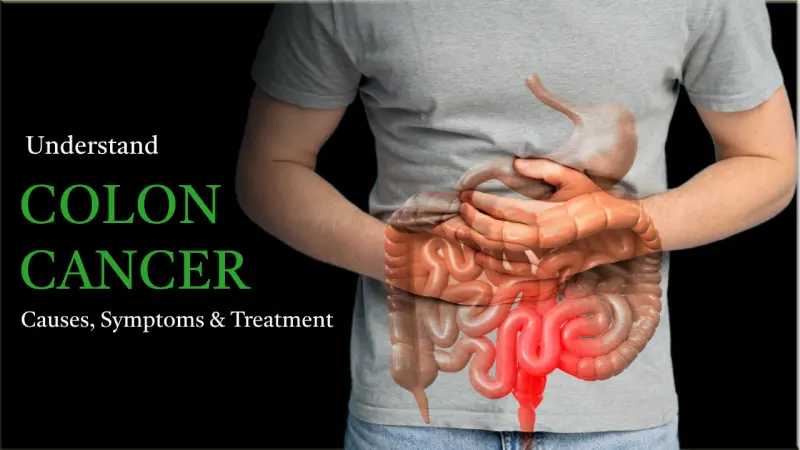Anxiety disorders are a group of mental illnesses characterized by excessive anxiety and fear. Anxiety disorders can range from mild to severe, and can significantly impact a person’s quality of life. The most common anxiety disorders are panic disorder, generalized anxiety disorder, social phobia, obsessive-compulsive disorder, post-traumatic stress disorder, and agoraphobia.
These conditions are often difficult to diagnose and treat, but with the help of a qualified healthcare provider, patients can get relief from their symptoms.
What is Anxiety?
Anxiety is a feeling of worry, fear, and insecurity. It can be mild or intense and can persist for a long period of time. Anxiety often occurs in response to an external cue (something that normally wouldn’t cause worry), but it can also stem from an individual’s own thoughts or feelings.
Anxiety can also lead to physical symptoms, such as headaches, heart palpitations, and diarrhoea. There is currently no known cure for anxiety, but treatments include medication and therapy.
What Are Anxiety Disorders?
Anxiety disorders are mental health conditions that cause people to experience excessive anxiety and fear. There are different types of anxiety disorders, which can be diagnosed based on the symptoms that a person experiences.
Anxiety disorders can be debilitating and interfere with a person’s ability to live a normal life. Treatment typically includes medication, therapy, and/or counselling.
There are different types of anxiety disorders, including Generalized Anxiety Disorder (GAD), Social Anxiety Disorder (SAD), Specific Phobias, Panic Attacks, and Post-Traumatic Stress Disorder.
What are the types of anxiety disorders?
There are many types of anxiety disorders, but they all share some common features. Anxiety disorders can interfere with a person’s life in a number of ways and can be very hard to treat. Some of the most common anxiety disorders include:
- Generalized Anxiety Disorder (GAD),
- Social Anxiety Disorder (SAD),
- Obsessive-Compulsive Disorder (OCD),
- Post-Traumatic Stress Disorder (PTSD),
- Panic Attack Disorder,
Each type of anxiety has its own set of symptoms and requires a different approach to treatment. Some people respond well to medication while others find relief through therapy or self-help methods.
Generalized Anxiety Disorder (GAD)
Generalized anxiety disorder (GAD) is a mental health condition characterized by excessive and uncontrollable worry and tension, coupled with physical symptoms such as restlessness, fatigue, difficulty concentrating muscle tension and headaches. GAD affects approximately 7.7 million adults in the United States, making it one of the most common mental disorders.
According to the National Institute of Mental Health (NIMH), people with GAD often have difficulty regulating their emotions and tend to overanalysed every situation. They may also experience recurrent thoughts and illness that can make everyday tasks difficult.
Social Anxiety Disorder (SAD)
Social anxiety disorder is an anxiety disorder that occurs when a person experiences significant social anxiety. Social anxiety can make people feel very nervous and uncomfortable around other people. It can interfere with a person’s ability to participate in activities they enjoy, such as going out in public or attending social events. Social anxiety disorder is the most common form of anxiety disorder. It affects about 12% of the population, and it tends to develop during adolescence or early adulthood.
Obsessive-compulsive disorder (OCD)
Obsessive-compulsive disorder, or OCD, is a mental illness characterized by intrusive thoughts (obsessions) and repetitive behaviours (compulsions) that are difficult to stop. People with OCD often feel like they need to do something over and over again in order to avoid a specific fear or anxiety. The rituals can be as simple as checking the locks on doors several times a day, counting down from 100 every day, or repeatedly washing their hands. The severity of OCD can vary greatly from person to person.
Some people only have mild symptoms while others experience intense anxiety and panic attacks that keep them from functioning normally. OCD is considered an anxiety disorder, but it is not just limited to those who suffer from anxiety disorders. Anyone who has recurring worries or concerns that consume their thoughts and interfere with their life can be considered to have OCD.
Post-Traumatic Stress Disorder (PTSD)
Post-traumatic stress disorder (PTSD) is a mental health condition that can develop after someone experiences or witnesses a traumatic event. People with PTSD may have intense memories of the event, recurring nightmares, and feelings of fear or anxiety. They may also have difficulty sleeping, concentrating, or feeling pleasure. PTSD can be very serious and can lead to problems in everyday life, such as problems at work or home, social isolation, and thoughts about suicide. There is currently no cure for PTSD, but treatments can help people manage their symptoms.
Panic Attack
Panic attacks are a common anxiety disorder symptom. They can be intense and sudden, and often involve feelings of fear, dread, or terror. Panic attack symptoms can vary significantly from person to person, but typically include a sudden onset of intense fear or panic accompanied by physical symptoms such as shortness of breath, heart rate increase, dizziness, and nausea.
Although panic attacks can be frightening and debilitating, they’re also generally short-lived and rarely require professional help. There are several things you can do to manage your anxiety and prevent panic attacks: exercise regularly, eat a healthy diet, get enough sleep, keep stress under control, and seek out mental health services if necessary.
Signs and Symptoms of Anxiety Disorders
Your heart beats rapidly, and your breathing accelerates. Your chest may feel tight, and you will start sweating. If you have ever experienced anxiety, you know that it’s as much a physical state as a mental state. That’s because there is an extremely strong biological reaction that takes place when we experience a stressful event or begin to worry about potential stressors or dangers.
Headaches, insomnia, and other physical signs and symptoms may accompany psychological symptoms such as restlessness or anxiety, a feeling of dread, or ruminative or obsessive thinking.
The most common symptoms of anxiety disorders include:
Everyone experiences anxiety in different ways, but there are some common symptoms of anxiety disorders. These disorders are characterized by intense fear or worry that can interfere with daily life. People with anxiety disorders may feel a range of symptoms, including muscle tension and headaches, and often struggle to concentrate or get a good night’s sleep. If you’re experiencing any of these symptoms and think you may have an anxiety disorder, talk to your doctor.
- anxious thoughts
- irritability
- difficulty falling asleep
- trouble concentrating
- uncontrol aches and pains
- fatigue
- restlessness
- irritability
When to see Doctor
You believe that your excessive worry is affecting other aspects of your life, such as your career and relationships, restlessness, muscle tension, trouble concentrating, feeling on edge or tense all the time, headaches, irritability, and problems sleeping.
You have anxiety combined with depression, difficulties with alcohol or drug use, or other mental health issues.
You believe there may be a connection between your anxiety and a medical condition.
You exhibit suicidal thoughts or actions; if this is the case, get emergency help right once.
If you are experiencing any of these symptoms for more than two weeks, it is important to talk to your doctor to determine if you may have an anxiety disorder.
Doctors can diagnose anxiety disorders with a combination of questioning and medical history. People who have anxiety disorders may experience different symptoms at different times, making it difficult to determine when an individual should see a doctor.




